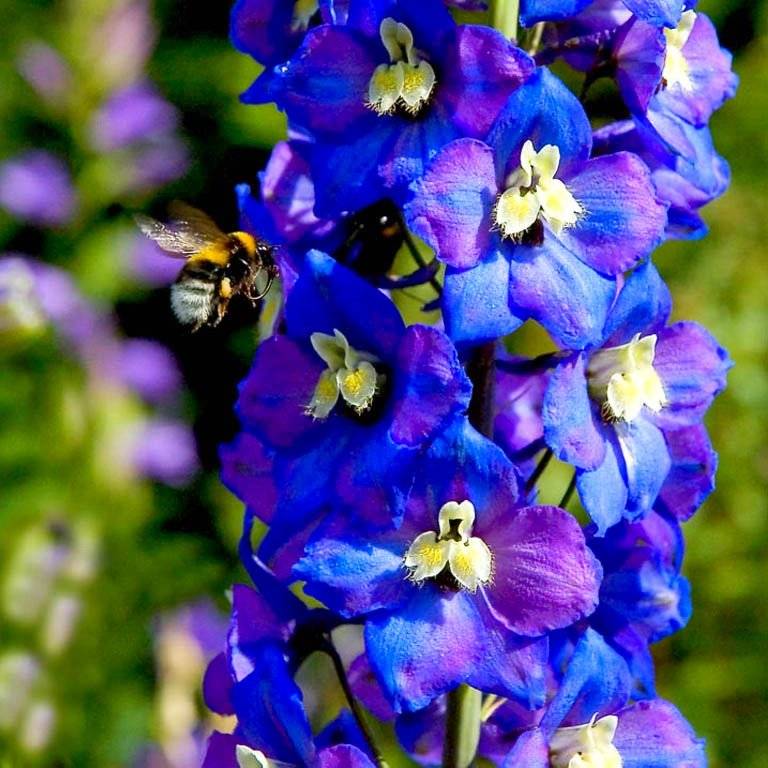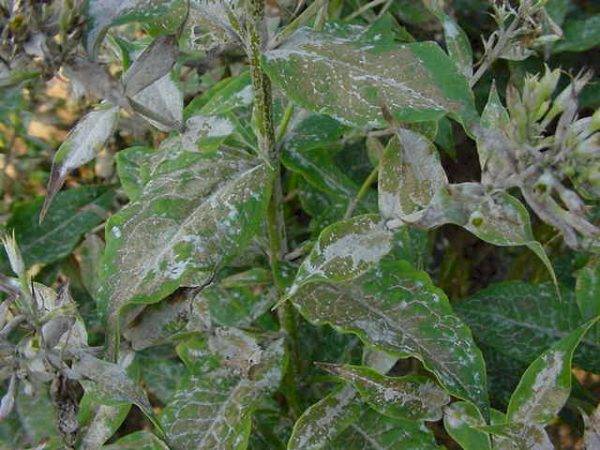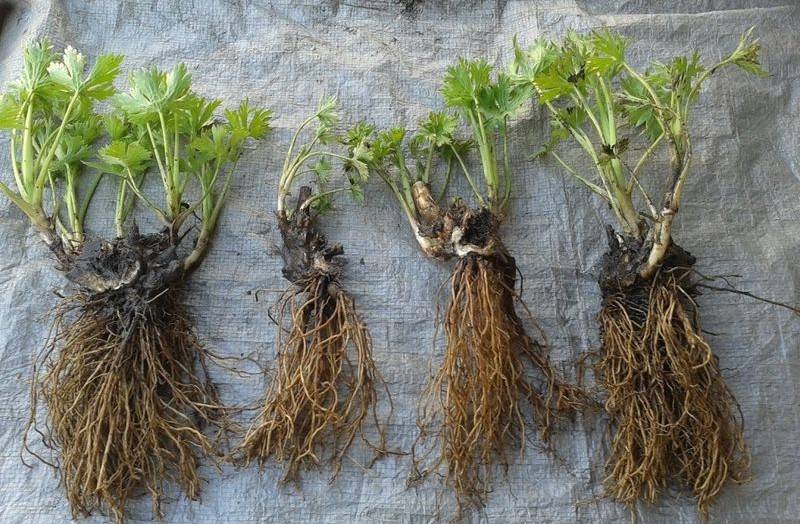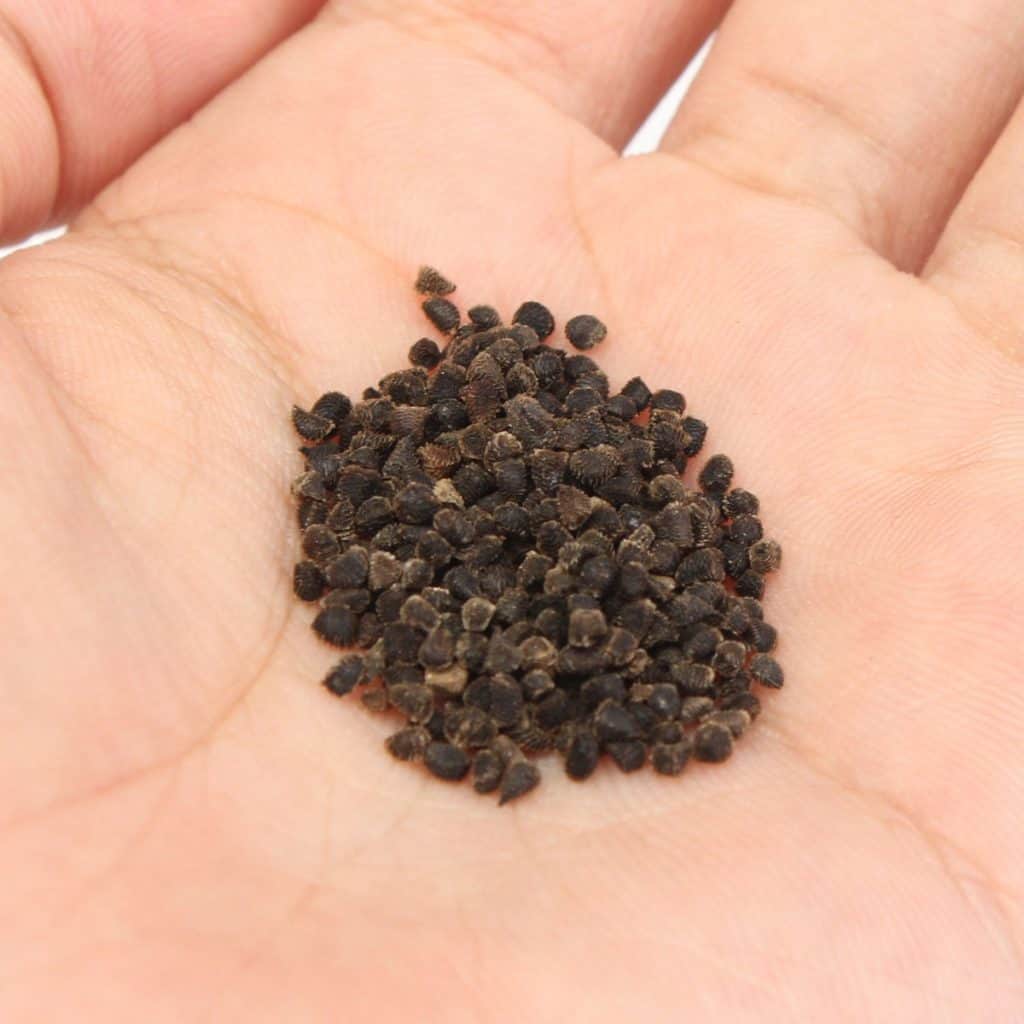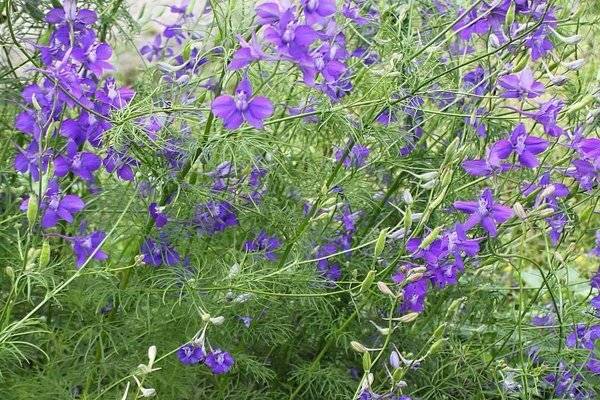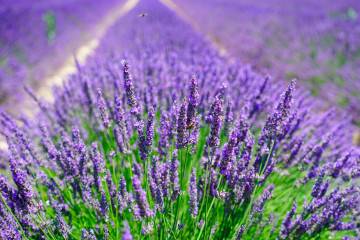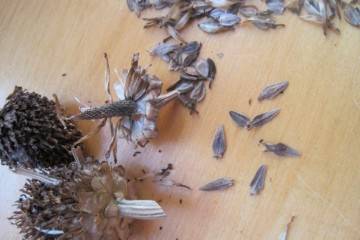Delphinium - care and cultivation from seeds
Content:
Delphinium, a representative of the Buttercup family, is distinguished by a special flower structure, which has five sepals, the upper one of which has grown into a tube. This tubule is called a spur and makes the flowers a lure for pollinators as it contains sweet nectar. Hence another name for the plant - spur.
Care features
The flowers of the plant are collected in spectacular inflorescences and can be painted in any shade of blue and purple, and also come in white, yellow and pink. Delphinium attracts attention due to its high peduncles with lush bright inflorescences and is a popular horticultural crop. The second reason for its popularity is that care for a delphinium flower is easy.
The main thing to pay attention to: the plant loves light and is not too demanding on the soil, while the place for planting it should not be damp.
Considering that delphiniums are large plants that increase a significant green mass and spend energy on lush flowering, special attention is paid to feeding:
- With a shoot height of 10-15 cm, complex mineral fertilizers are applied.
- During budding, you need to feed the delphinium, the sooner the better. During this period, top dressing is carried out with a predominance of potassium and phosphorus.
- At the end of flowering, when the buds of renewal are laid, the plant needs to be fed with potassium-phosphorus fertilizers.
The soil around the plants is loosened and mulched with peat or compost. Get rid of weeds and dried leaves as needed. This measure allows the delphinium flowerbed to look well-groomed, and also prevents diseases and harmful insects from spreading.
Low-growing specimens of delphinium, which can be grown as a pot culture, need to be transplanted annually. It is carried out in the spring by moving the plants into larger pots.
How powerful and frequent the flowering will be depends on how to care for the delphinium in the country. To obtain tall peduncles with large flowers, their number must be regulated. In early spring, thin and weak shoots break out, leaving 3-4 main ones. This procedure is carried out when the shoots do not exceed ten centimeters and a cavity has not yet formed in the stem. The removed shoots are suitable for rooting.
At the end of summer, the second wave of flowering begins. Most gardeners remove the fall blooms, as re-blooming weakens the delphinium. The winter hardiness of the plant is decreasing and next year it will bloom less decoratively.
The impressive dimensions of the garden delphinium (about 2 meters high) dictate certain rules for planting and care:
- Plants are planted at a distance of 50-70 cm from each other.
- For landing, choose a place protected from the wind.
- Shoots 50 cm tall are tied up. The second garter is carried out when the specimen reaches a height of 1 meter.
- In the fall, the yellowed aerial part is removed, leaving shoots up to 30 cm high.
Pest and disease control
Delphinium is a rather delicate plant that can suffer from insect attacks. There is a type of tick, which is called delphinium or shporny tick. The leaves affected by the mite are deformed, swelling appears on them.An effective drug Akreks has been developed against the tick.
Young plants suffer from slugs. Insects gnaw holes in succulent leaves and shoots. To get rid of these parasites, granular metaldehyde is used in the beds. If there are few slugs and snails, they are collected by hand and destroyed.
There are few diseases that delphinium is susceptible to, but you need to know them.
Black leaf spot
A dangerous bacterial disease, the occurrence of which is facilitated by damp cool weather. The disease first manifests itself on the lower leaves, where black spots of various shapes and sizes appear. The spotting progresses rapidly, spreading throughout the plant.
Affected specimens are destroyed, and neighboring plants and the ground are treated with a tetracycline solution.
Bacterial wilting
It can occur both during the heat and during the rainy season. This disease is one of the reasons why the leaves of the delphinium turn yellow and curl. Over time, black or brown spots with softened tissue appear on the stem. Gradually, the spots merge with each other and the entire lower part of the stem turns black, and the plant dies.
To prevent this disease, the seeds are soaked in hot water before planting.
Powdery mildew
When powdery mildew appears on a delphinium, how to get rid of it is one of the first questions that bother the gardener. This disease manifests itself as a white bloom. It is necessary to get rid of damaged parts of the plant first of all. Then they carry out the treatment with foundation.
Reproduction
There are three ways to reproduce delphinium: by dividing the bushes, cuttings and seeds. Each of them has its positive aspects.
Dividing the bush
In the spring, large, sufficiently overgrown bushes can be divided. At the same time, there should be 2-3 kidneys on each division. Usually, in the fourth year after disembarkation, the time comes when it is necessary to transplant a perennial delphinium. At this point, the plant has reached a suitable size and has formed a sufficient number of buds.
The excavated rhizome is washed and divided with a sharp knife. If there are rotten areas, they are removed. The cut points are sprinkled with coal. Then the cuttings are planted in a permanent place of growth.
Cuttings
A simple and reliable method for propagating delphinium is cuttings. In the spring, young shoots are cut with a sharp knife and their lower part is placed for 2-3 hours in a solution of a root growth stimulator (this can be Heteroauxin). Then the cuttings are planted in open ground and covered with jars, creating a special microclimate.
After about a month and a half, they take root. Young plants are gradually accustomed to open field conditions. First, the cans are removed for a few minutes, airing the plants, then the time spent outdoors is increased and, finally, the mini-greenhouses are removed completely.
Seed propagation
Seed reproduction is a rather complicated process, but an interesting one. Delphiniums from seeds collected from one plant can be obtained with inflorescences of different colors.
Different sowing times are recommended, and each of these options has its own pros and cons:
- early spring for seedlings (in March);
- in the fall into the ground (in October - November);
- before winter (with the onset of frost).
Each gardener chooses how to plant a delphinium, based on his own conditions and tasks. You can use the purchased seeds, or prepare your own, if the delphinium is already growing on the site.
Seed preparation
In June, the most powerful flower stalks are chosen and marked with a ribbon or wire. The tops are pinched and these plants are not further treated with chemicals.
The seed pods ripen gradually, starting from the bottom. When the lower boxes are ripe, the peduncle is wrapped with a cloth or newspaper and the lower and upper parts are pulled together with a rope. Gradually, all the boxes ripen and open, but the seeds do not crumble, but remain in the newspaper. It is advisable to cover plants with ripening seeds from rain.
The collected seeds are stored in the refrigerator, since at room temperature they quickly lose their germination. Before sowing, they are mixed with dry peat and root is added.
Growing seedlings
When grown from seed, delphinium is planted on seedlings when spring comes. At the beginning of March, the seed is placed in small containers with moist peat. Deepen by no more than 3 mm. Cover with a bag or jar. The temperature is maintained at 18 - 24 ° C until germination. Then it is lowered to 18 ° C during the day and 10 ° C at night, which is not easy to do at home. A glazed loggia or basement is suitable for this.
It is desirable to provide backlighting. Seedlings are aired daily and watered regularly in a tray. The grown seedlings are distributed in separate pots. Plants are gradually hardened, and when warm weather sets in, they are planted in the ground.
Autumn sowing
In the fall, seeds are sown in the ground over the surface. The bed is covered with a film or non-woven material. Shoots appear in about ten days. In case of dryness of the earth, spraying is carried out. At the same time, potassium permanganate and epin can be added to the water. After a month and a half, real leaves appear.
For the winter, a bed with seedlings is mulched. The following spring, the 3 upper buds are pinched at the peduncles. As a result, the inflorescences will be more lush, and the flowers will be larger.
Sowing before winter
This method is characterized by prolonged exposure to negative temperatures on seeds. This can lead to a change in the color of the variety towards a natural, blue. Therefore, white and pink varieties are more often grown through seedlings.
Before the ground freezes, the soil is prepared - loosened, fertilized and shallow grooves are made. When frost sets in, the seeds are sown and sprinkled with a thin layer of non-frozen earth. No need to water.
In the spring, the soil will warm up and the seeds will start to grow. Plants from seeds that have survived the winter in the open field are highly resistant to temperature extremes. Even sudden return frosts are not terrible for such specimens.
Delphinium annual
Annual representatives of the species are inferior in size to their perennial counterparts, the height of the stem does not exceed one meter. The flowers are small, of various colors.
Caring for them is the same as for perennials. But this species can only reproduce by seeds. The annual delphinium develops quickly, blooms early and is very unpretentious. However, a flower bed with such a representative of the iris family decorates the garden for only one season. By the end of autumn, annual specimens have time to bloom and begin to dry. And they are removed, having previously collected the seeds in order to propagate the plants for the next year.
The plant is used for fractures as an analgesic and wound healing agent, therefore it is sometimes called larkspur. Decoctions help with pneumonia and bladder disease. However, this plant is used with caution - in high doses, it can be poisonous.
Delphinium is one of those flowers that do not require large financial costs and constant work from the gardener. This plant, when properly placed, retains its decorative effect for many years.Cut inflorescences of delphinium are used to compose spectacular flower arrangements.
